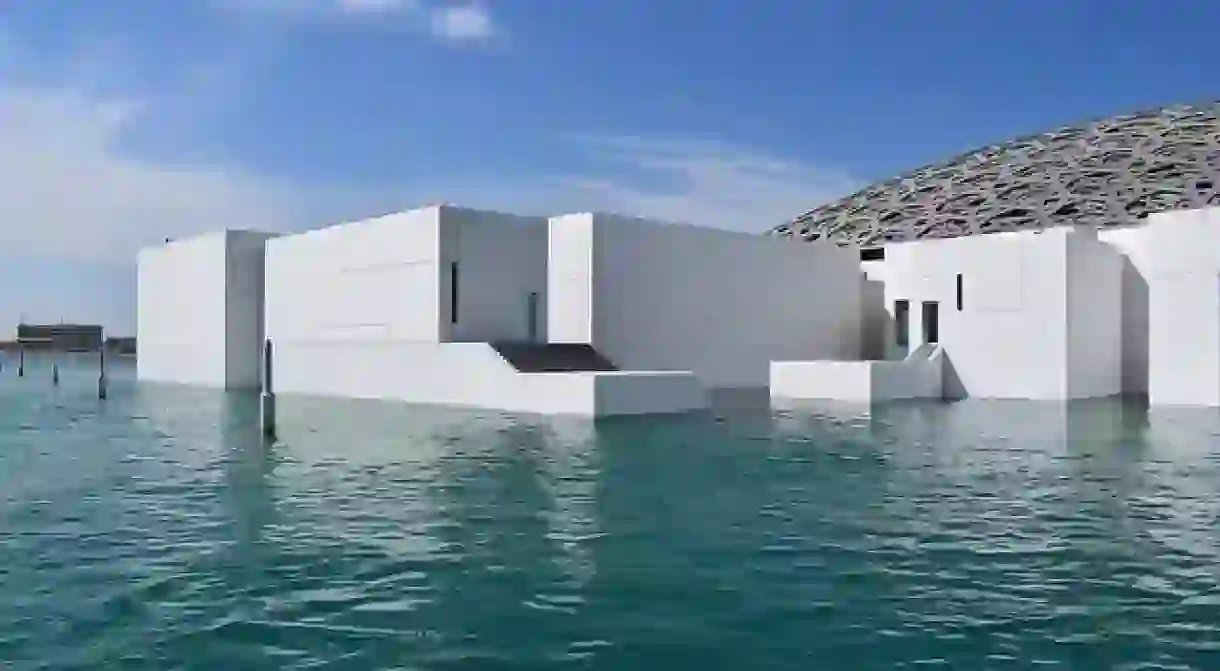Leonardo da Vinci’s Salvator Mundi Will Be Unveiled at Louvre Abu Dhabi

Ever since the Louvre Abu Dhabi revealed itself to be the anonymous buyer of the world’s most expensive painting, UAE locals and tourists alike have been anxiously waiting to find out when da Vinci’s work would be unveiled in the Emirates. The wait is finally over, as the Department of Culture and Tourism have answered the question on everyone’s lips.
Unveiling and future
Leonardo da Vinci’s Salvator Mundi will be unveiled to the public for the first time on September 18, 2018, as confirmed by the Department of Culture and Tourism. It will then be loaned to Musée du Louvre in Paris to form part of their exhibition on the artist between October 2019 and February 2020. It will then return home to be exhibited in Louvre Abu Dhabi once again.
The background
Salvator Mundi (‘Saviour of the World’) is one of less than 20 paintings by the Italian Renaissance master Leonardo da Vinci and dates back to 1500. The oil painting depicts Jesus Christ in robes of lapis and crimson, holding a crystal orb in one hand and raising the other in benediction.

The painting is commonly believed to have been painted for Louis XII of France and was taken to England by Henrietta Maria upon her marriage to Charles I of England in 1625. From then on, its history was tumultuous as it passed between various members of the English nobility. It disappeared from record frequently and was believed to have been destroyed.
Authenticity and auction
The painting has been a subject of intense fascination since its surprising rediscovery. It was previously thought to be a copy of the original and was purchased for less than US$10,000 in 2005 by a group of art dealers. Heavily painted over, the painting required extensive restoration and was eventually authenticated as an original in 2007.
Referred to as the ‘Last da Vinci’, Salvator Mundi broke records at its pre-auction viewings where it attracted over 27,000 people, Christie’s highest ever number of viewers for an individual work of art. It hit headlines late last year when it was purchased for US$450.3 million, making it the most expensive painting in the world. Amidst immense public interest and media frenzy, the painting was revealed to have been bought on behalf of the newly opened Louvre Abu Dhabi.
The significance of the painting
Salvator Mundi will be making history as the first da Vinci painting to be permanently homed in the Middle East, indeed the first to be homed permanently outside of Europe and the United States. It is a key moment in the UAE’s history, placing it firmly on the map as a key figure in world history, culture and art, as well as tying in with its mission to develop the cultural sector. His Excellency Mohamed Khalifa Al Mubarak, Chairman of the Department of Culture and Tourism, describes it as ‘our gift to the world’, highlighting the UAE’s contribution to world culture and history.
The painting also supports the UAE’s aims of developing its tourism industry. Salvator Mundi is expected to be a game changer, and will hopefully boost the Emirati tourist economy, as ‘Chinese tourists will want to come to see the world’s most expensive work of art’. The endless marketing opportunities, from mugs and fridge magnets to postcards and T-shirts, will also prove highly lucrative.














